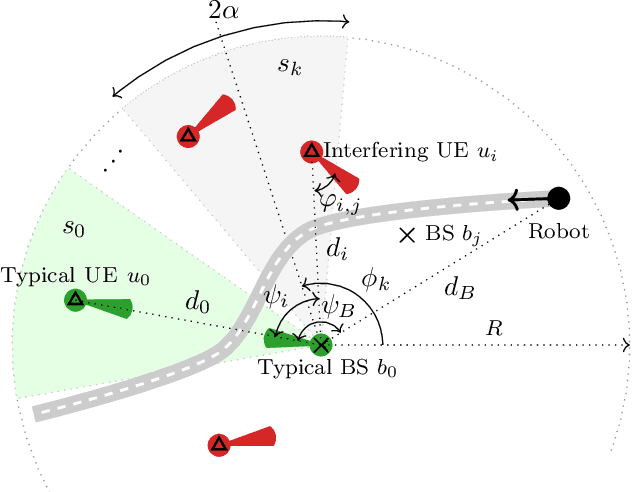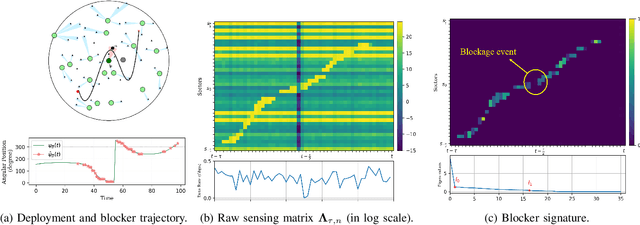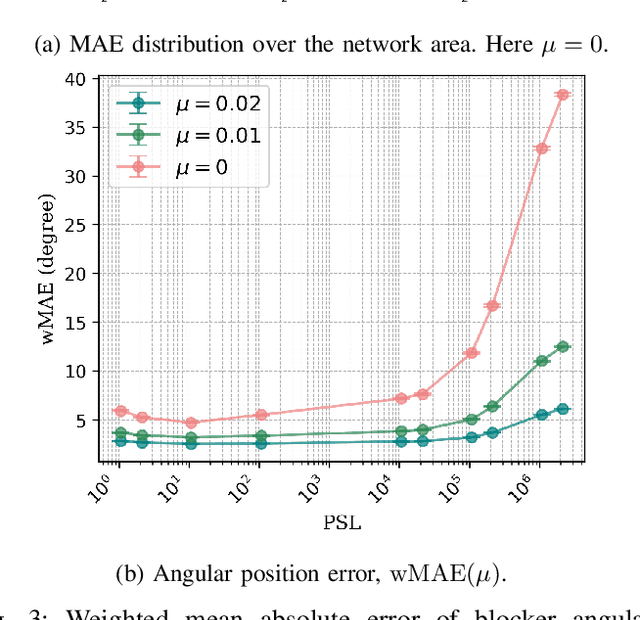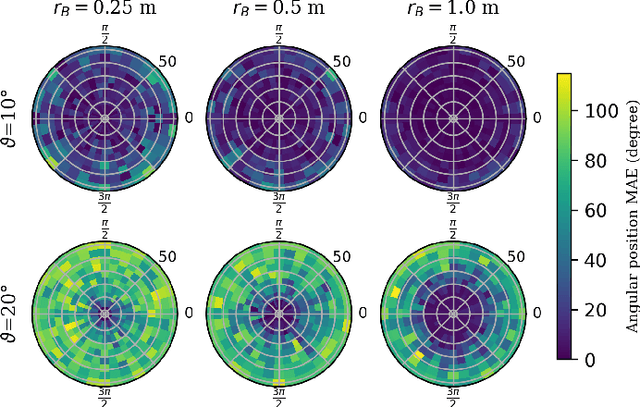Sensing of Side Lobes Interference for Blockage Prediction in Dense mmWave Networks
Paper and Code
Jun 30, 2023



The integration of sensing capability in the design of wireless communication systems is foreseen as a key enabler for efficient radio resource management in next-generation networks. This paper focuses on millimeter-wave communications, which are subject to severe attenuation due to blockages, ultimately detrimental to system performance. In this context, the sensing functionality can allow measuring or even imaging the wireless environment allowing anticipation of possible link failures, thus enabling proactive resource reallocation such as handover. This work proposes a novel mechanism for opportunistic environment sensing, which leverages existing network infrastructure with low complexity. More specifically, our approach exploits the fluctuations of interference, perceived in antenna side lobes, to detect local activity due to a moving blocker around the reference communication link. Numerical evaluations show that the proposed method is promising as it allows effective assessment of the blocker direction, trajectory and possibly, its location, speed, and size.
 Add to Chrome
Add to Chrome Add to Firefox
Add to Firefox Add to Edge
Add to Edge